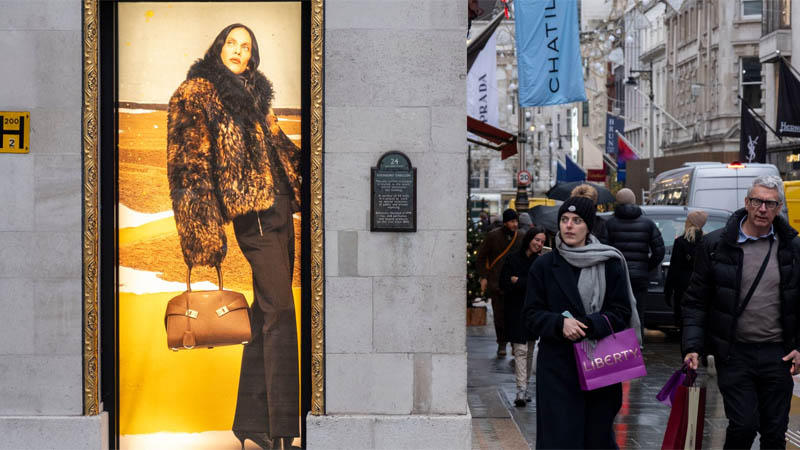
High End Dilemma as Luxury Brands Confront the Challenge of Unsold Billions
Contrary to popular belief that inventory issues plague only fast and ultra-fast fashion retailers, luxury brands are facing a similar predicament with billions of euros in unsold merchandise. These high-end labels, known for their exclusivity and premium prices, are encountering obstacles due to shifts in consumer preferences, economic fluctuations, and unexpected events like the COVID-19 pandemic.
Luxury brands are grappling with billions of euros of unsold inventory https://t.co/c16D4ZUhLd pic.twitter.com/vlP1yrOKTz
— FashionUnited (@FashionUnited) March 12, 2024
Despite their emphasis on quality and craftsmanship, luxury brands are not shielded from the complexities of the retail environment. When production outpaces consumer demand, a surplus of inventory accumulates. The Business of Fashion reports that the unsold stock for industry giants such as Kering and LVMH has soared, with combined figures more than doubling from 2014 to 2023, reaching a staggering 4.7 billion euros.
The issue stems from the luxury sector’s drive for production efficiency to achieve economies of scale, leading to an inherent increase in unsold items. The challenge of synchronizing supply with fluctuating demand in a trend-sensitive market results in an overflow of inventory. This is compounded by high production volumes, extensive manufacturing lead times, and the strategy of limiting supply to uphold brand exclusivity, which can all contribute to supply-demand imbalances.
The industry’s traditional methods for managing excess inventory, such as staff sales and outlet stores, are proving inadequate. Moreover, destructive practices previously used to protect brand image are now facing legal restrictions in regions like France. The search for a viable solution to handle the burgeoning unsold stock is complex, as highlighted by Claudia D’Arpizio from Bain & Company.
To navigate this challenge, luxury brands must strike a delicate balance between preserving their products’ exclusivity and adapting to market realities. This may involve rethinking production strategies, adopting more agile supply chain approaches, and finding creative ways to repurpose or sell excess inventory without compromising the brand’s prestigious reputation. The ultimate aim is to better align production with actual consumer demand while maintaining the allure and desirability synonymous with luxury brands.
